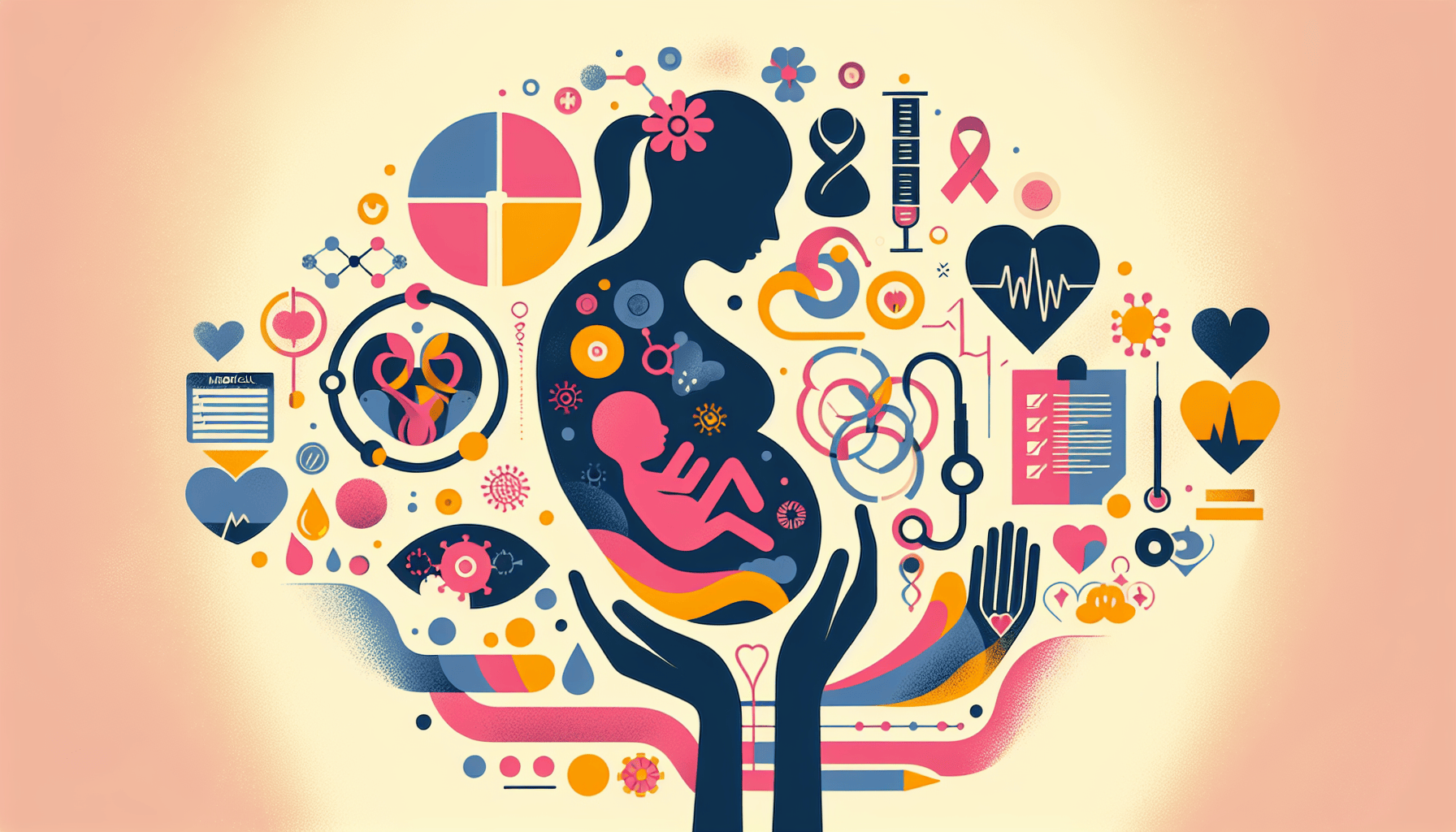Does Mounjaro Affect Fertility?
Understanding Mounjaro and Its UsesMounjaro is a prescription medication commonly prescribed for managing type 2 diabetes. It belongs to a class of drugs that help regulate [...]
Read More
Medically reviewed by Oghenefejiro Okifo | MD, Harvard Medical School | Henry Ford Hospital - Detroit, MI on September 26th, 2023.
Preeclampsia is a serious condition that can develop during pregnancy, usually after the 20th week. It is characterized by high blood pressure, excessive protein in the urine, and swelling in the legs, feet, and hands. If left untreated, preeclampsia can lead to life-threatening complications for both mother and baby.
In addition to high blood pressure and protein in the urine, preeclampsia may cause the following symptoms:
Sudden weight gain over 1-2 days
Shoulder, belly, or severe headache pain
Changes in reflexes or mental state
Decreased urination
Dizziness or trouble breathing
Severe nausea and vomiting
Vision changes (blurriness, flashing lights, or spots)
It's important to note that some women with preeclampsia may not experience any symptoms. Regular prenatal check-ups with blood pressure monitoring and urine tests are crucial for early detection.

While the exact cause of preeclampsia is unknown, several factors can increase a woman's risk:
History of preeclampsia in previous pregnancies
Carrying multiples (twins, triplets, or more)
Chronic hypertension, kidney disease, or diabetes
Autoimmune disorders like lupus
First pregnancy or pregnancy after age 35
Obesity (BMI over 30)
Family history of preeclampsia
In vitro fertilization (IVF)
Black race or lower socioeconomic status (due to healthcare inequities)
If not properly managed, preeclampsia can lead to severe complications, including:
Eclampsia (seizures or coma)
HELLP syndrome (liver and blood cell damage)
Preterm birth and associated risks for the baby
Fetal growth restriction
Placental abruption (premature separation of the placenta from the uterus)
Organ damage (kidneys, liver, lungs, heart, eyes, or brain)
Increased risk of future cardiovascular disease
Seek immediate medical attention if you experience warning signs like severe headaches, visual disturbances, chest or abdominal pain, or bleeding from the gums or nose.
The only cure for preeclampsia is delivery of the baby. However, depending on the severity and stage of pregnancy, treatment may include:
Bed rest and close monitoring
Medications to lower blood pressure and prevent seizures
Steroid injections to accelerate fetal lung development
Early delivery by induced labor or cesarean section
After delivery, symptoms typically resolve within 1-6 weeks, but may persist longer in some cases. To reduce the risk of preeclampsia, women should maintain a healthy lifestyle, attend regular prenatal check-ups, and discuss any concerns with their healthcare provider.
Immediate medical evaluation is essential if you develop severe headaches, vision changes, or sudden swelling after 20 weeks of pregnancy, as complications can develop rapidly. Regular prenatal monitoring catches cases early, especially important since 25% of women show no obvious symptoms initially. If you're experiencing concerning symptoms during pregnancy, Doctronic can help you assess whether immediate medical care is needed.
Understanding Mounjaro and Its UsesMounjaro is a prescription medication commonly prescribed for managing type 2 diabetes. It belongs to a class of drugs that help regulate [...]
Read MoreUnderstanding Hydrocortisone Uses and DosagesHydrocortisone is a versatile medication primarily used to reduce inflammation and suppress the immune system in various [...]
Read MoreUnderstanding Zepbound and MounjaroWhen managing type 2 diabetes, patients often face a variety of medication options. Zepbound and Mounjaro are two such options gaining [...]
Read More